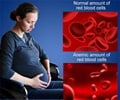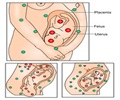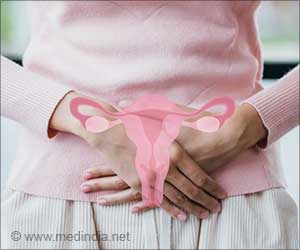A new study says that moderate exercise during pregnancy does not contribute to low birth weight, premature birth or miscarriage.
A new study says that moderate exercise during pregnancy does not contribute to low birth weight, premature birth or miscarriage. It also says that physical activities during the period may actually reduce the risk of complications.
A Michigan State University professor and team have contributed to the U.S. government's first-ever guidelines on physical activity.Kinesiology professor James Pivarnik and doctoral students Lanay Mudd and Erin Kuffel wrote the section on pregnancy and postpartum activity as part of the 2008 Physical Activity Guidelines unveiled Oct. 7 in Washington, D.C., by the Department of Health and Human Services.
"There has been quite a dramatic change in regards to pregnancy and exercise," said Pivarnik.
"While it used to be thought that avoiding exercise meant avoiding harm to the fetus, research now shows physical activity can not only improve health of the mother but also provide potential long-term benefits for the child," the expert added.
Specifically, the guidelines call for women to get at least 150 minutes of moderate-intensity aerobic activity per week during pregnancy and the postpartum period, preferably spread throughout the week. In addition to health benefits, moderate physical activity also may reduce the length of labor, evidence suggests.
The guidelines call for women to avoid doing activities that involve lying on their back after the first trimester and activities with high risk of falling or abdominal trauma.
Advertisement
Physical activity after pregnancy also helps women achieve and maintain a healthy weight, and when combined with appropriate caloric restriction, promotes weight loss.
Advertisement
Also as part of the new guidelines, the government recommends 150 minutes of activity for adults per week.
That study, published this month in the journal Medicine and Science in Sports and Exercise, used a broader approach toward calculating compliance with exercise requirements and found when measured by the amount of energy expended, the number of respondents who met guidelines was significantly higher.
Source-ANI
RAS/SK












